Stakes are high; fast, effective action is essential

“The stakes are high in childhood glaucoma — sight or blindness — and early diagnosis and treatment of the disease are imperative,” says Elias Traboulsi, MD, Head of the Department of Pediatric Ophthalmology and Director of the Center for Genetic Eye Diseases at Cleveland Clinic’s Cole Eye Institute.
Cleveland Clinic is a non-profit academic medical center. Advertising on our site helps support our mission. We do not endorse non-Cleveland Clinic products or services. Policy
Intraocular pressure is critical in defining the disease in children. The goal of treatment is to reduce it to normal limits. In adults, however, the objective is to reduce it to even lower target levels in some.
A challenge is that children’s eye tissues heal much better than those in adults, so much so that they can close the drainage openings. Another consequence of infantile glaucoma is a distended and more myopic eye.
In congenital glaucoma, vision is lost to damage of the optic nerve as well as to children not using their vision well, which can lead to amblyopia. “Treatment of glaucoma in babies is not only aimed at reducing IOP, but also at managing other visual complications of changes in the ocular structures from elevated pressure,” says Dr. Traboulsi.
The mechanisms of this condition have yet to be identified. “We don’t know why these children are at risk for elevated IOP, but we bring them back quite frequently after they’ve had their cataract surgery to check their eye pressures, and we do this for their lifetime,” says Dr. Traboulsi.
Such children can develop IOP either very soon after cataract surgery or many years later. Treatment is usually medical, starting with eye drops, followed by medications and/or surgery.
Dr. Traboulsi says that outcomes depend on the type of glaucoma, the age at which it was identified and compliance with treatments. “Compliance can be a big problem. Unless the family and the parents are very diligent, know how to give the drops and can afford them, some children can go untreated or be very poorly treated,” he says.
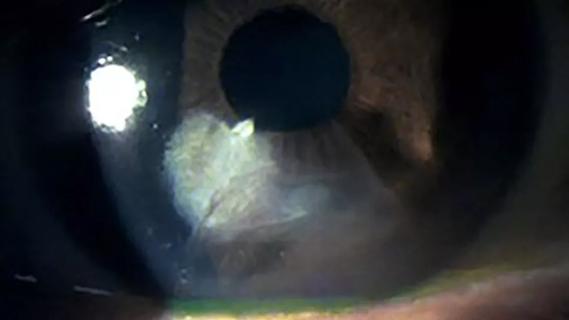
Studies continue to indicate effectiveness and safety
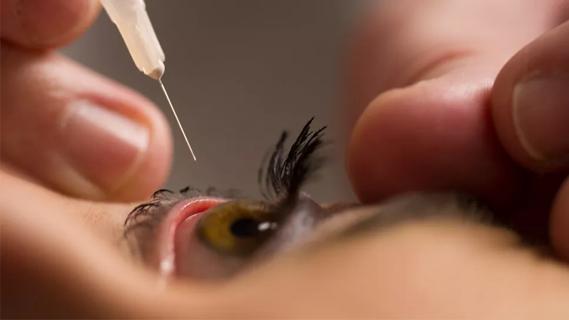
Study highlights the value of quantitative ultra-widefield angiography
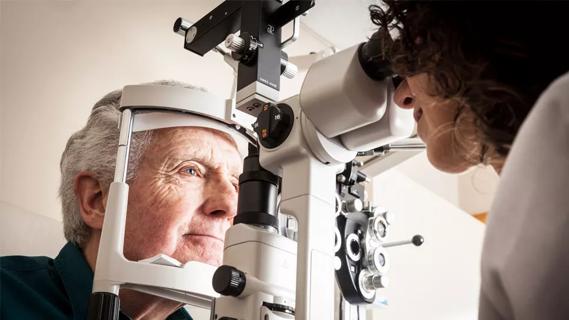
Switching medications may decrease treatment burden and macular fluid
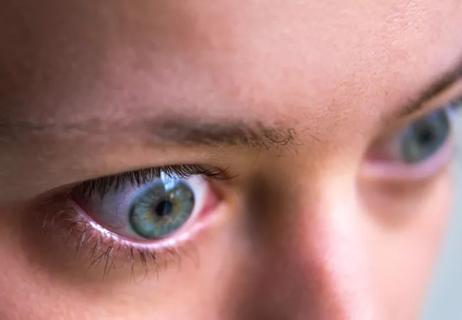
Interventions abound for active and stable phases of TED
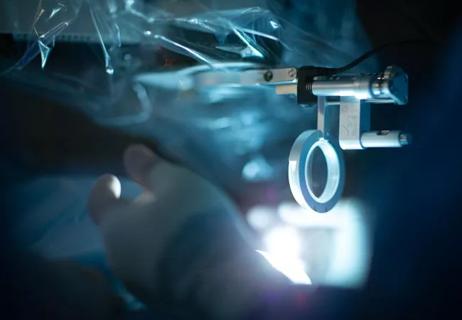
Corneal imaging and interpretation play a major role
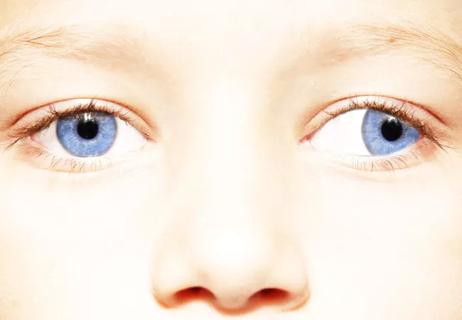
Effect of low-dose atropine and dual-focus contact lenses is unknown in patients with comorbid eye conditions
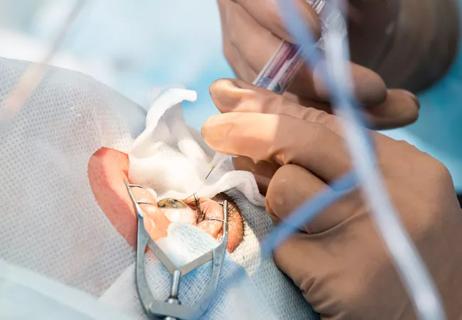
How to screen for and manage treatment-triggered uveitis
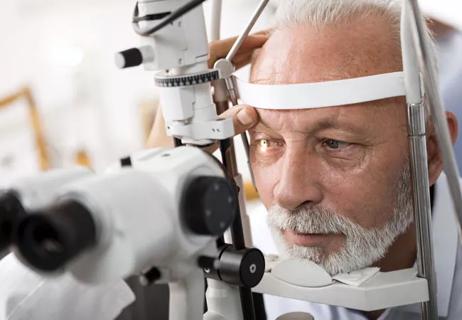
Minimally invasive surgery is effective for uveitic and steroid-induced glaucoma too